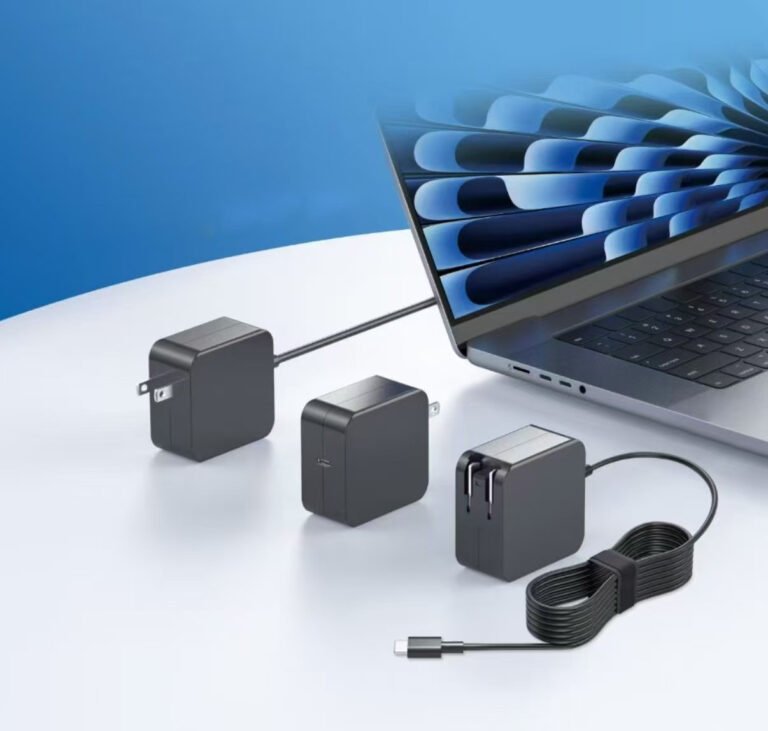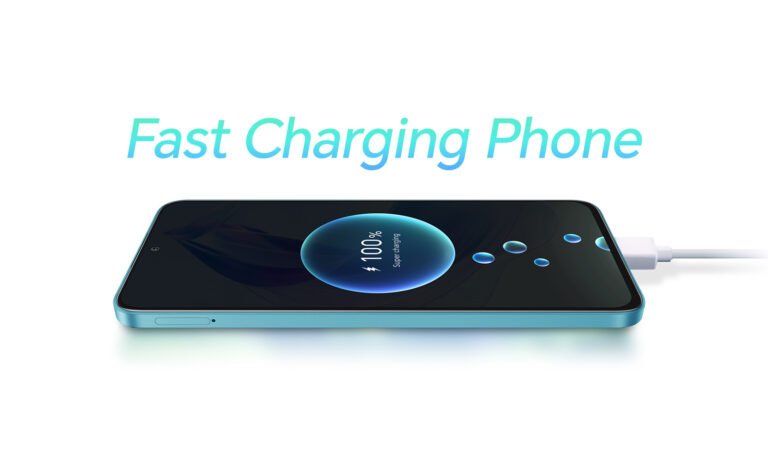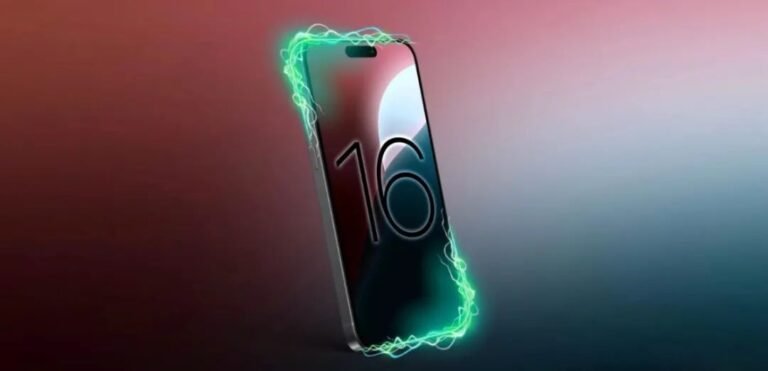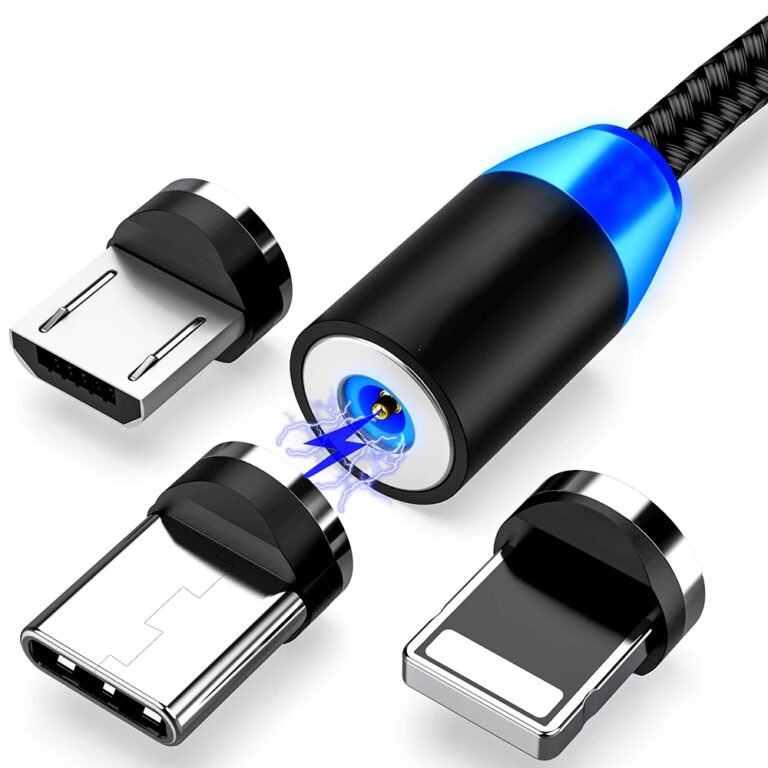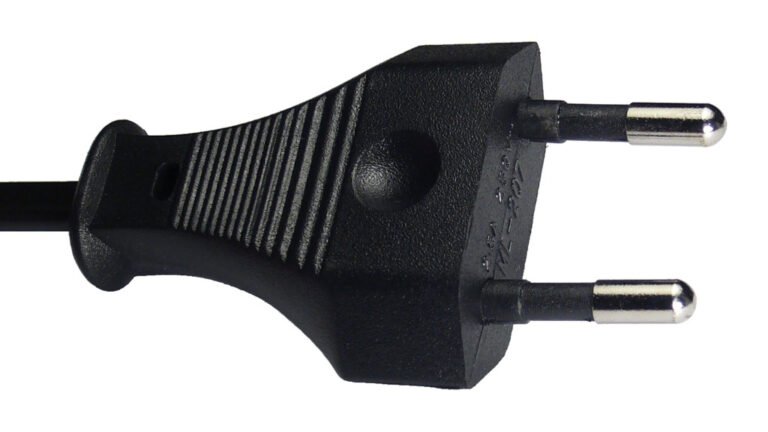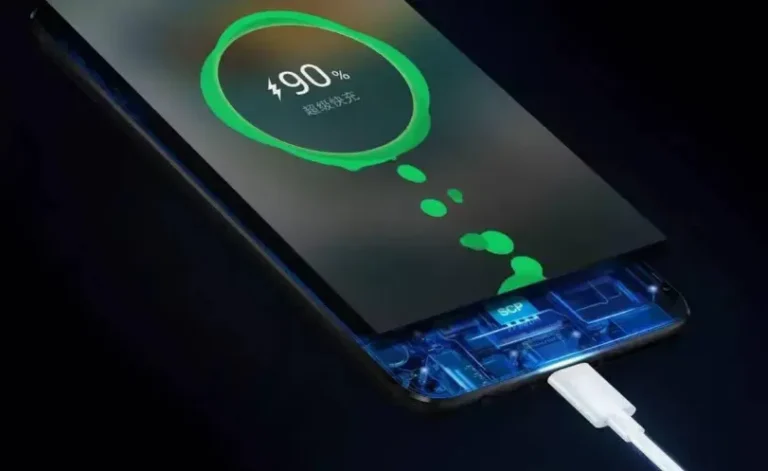As smartphones have become a part of daily life, charging and data transmission protocols have become an indispensable aspect. As a professional mobile phone charger manufactuer, Wecent will tell explain these protocols to help you know their principles and applications – giving readers a deeper insight into this field.
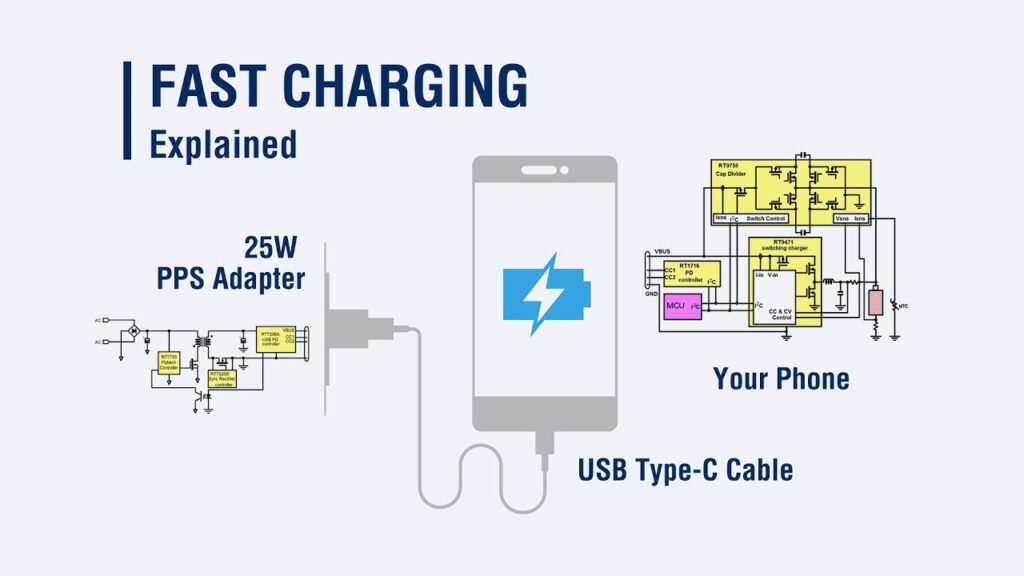
Mobile phone charging protocol
Fast charging protocol
The fast charging protocol achieves faster charging speed by increasing the charging voltage or current. The mainstream fast charging protocols on the market include Huawei’s FCP and SCP, Qualcomm’s QC, OPPO’s VOOC, Xiaomi’s Charge Turbo, etc. These protocols have their own characteristics, but their common goal is to shorten the charging time and improve the user experience.
Wireless charging protocol
The wireless charging protocol allows mobile phones to receive power wirelessly without the need for cables. The most widely used wireless charging protocol is the Qi standard, which was developed by the Wireless Power Consortium (WPC). The Qi standard supports a variety of charging powers, ranging from 5W to 15W, which is suitable for charging needs in different scenarios.
USB PD Protocol
USB PD (Power Delivery) is a universal charging protocol that supports higher voltage and current output. It can be used not only to charge mobile phones, but also to charge laptops, tablets and other devices. The advantage of the USB PD protocol is its good compatibility and fast charging with a variety of devices.
Data transmission protocols
USB Protocol
Universal Serial Bus is one of the most common data transfer protocols, offering multiple data transfer rates and power output capabilities across devices and scenarios. There are multiple variations available such as 2.0, 3.0 and 3.1 which offer different transmission rates and features respectively.
Bluetooth Protocol
The Bluetooth Protocol is a wireless data transmission protocol which enables communication among devices within close range, often used for connecting headphones, speakers and smart watches. Bluetooth’s main advantages are low power consumption and stable connections despite having relatively lower data transmission rates.
Wi-Fi Direct Protocol
Wi-Fi Direct is an innovative Wi-Fi technology-based direct communication protocol between devices. This protocol enables devices to transmit and exchange data wirelessly without relying on hotspots or routers; as an advantage it has high data transmission rate at long transmission distance; making it suitable for scenarios which demand high-speed data exchange.
Charging protocols of popular mobile phone brands
Apple
Apple’s charging protocol relies heavily on Power Delivery (PD). Adopted in iPhone 8 models and later, this charging technique offers higher charging power capacity while offering fast charge speeds with excellent compatibility and usability features.
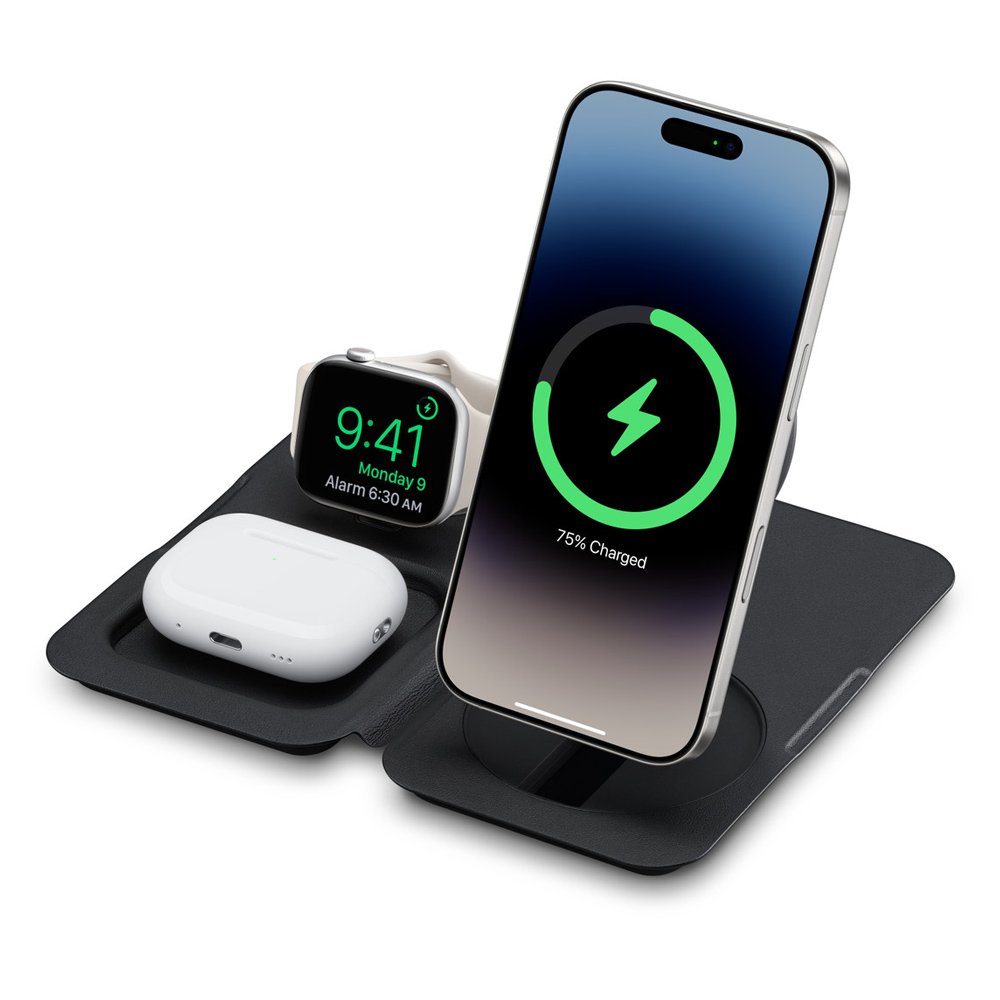
The charging protocols of Apple mobile phones mainly include the following, which will be introduced in detail one by one below:
Lightning Protocol :
Apple has developed their own charging, data transfer and audio output interface called Lightning Protocol to facilitate charging devices such as phones or MP3 players with Apple-designed chargers and audio jacks.
MagSafe Protocol :
Apple has developed their own wireless charging technology dubbed MagSafe Protocol that offers rapid wireless charging capabilities.
Magnetism connects charger and device for maximum safety and simplicity during charging process.
USB-C Protocol :
The Universal Charging and Data Transfer Standard, commonly referred to as USB-C is an all-purpose charging and data transfer protocol used around the world.
It offers fast charging and data transfer speeds up to 100Mbit per second and can easily connect and be shared among compatible devices.
Use chargers and accessories that conform to the USB-C standard and follow any relevant safety specifications in order to guarantee both reliable charging processes and interoperability of chargers.
PD charging protocol:
Apple mobiles from iPhone 8 series all support the PD fast charging protocol.
Maximum power can reach 27W (the measured peak power of iPhone 13/14/15 Pro Max can reach this).
PD fast charging protocol can significantly enhance iPhone charging experience by quickly replenishing over 50% of power in 30 minutes.
Qi wireless charging protocol :
iPhone generally uses Qi wireless charging protocol, currently the most common standard. Qi charging works on electromagnetic induction technology: pulse signals travel from transmitting coil to receiving coil of mobile phone charging after receiving transmission signal; during charging process both coils negotiate optimal charging parameters to guarantee quick and safe phone recharging.
Qi2 Wireless Charging Protocol:
The iOS 17.2 brought Qi2 wireless charging support to the iPhone 13/14 series models.
Qi2 is the latest wireless charging standard launched by the Wireless Power Consortium (WPC). Compared with the Qi standard, it uses magnetic power distribution map technology to improve energy efficiency and charging speed.
The Qi2 charger supports a maximum charging power of 15W, but according to the technical specifications page, it currently still supports 7.5W wireless charging.
In general, the charging protocols of Apple cover both wired and wireless methods, each has its own specific technical features and advantages. You can choose the right charging method and accessories according to your needs and device models to ensure the safety and efficiency of charging.
Huawei
Huawei has two charging protocols: FCP and SCP. FCP is an early fast charging protocol, while SCP is more advanced and supports higher charging power. Huawei is also committed to promoting the construction of smart charging networks and has released related northbound interface protocols.
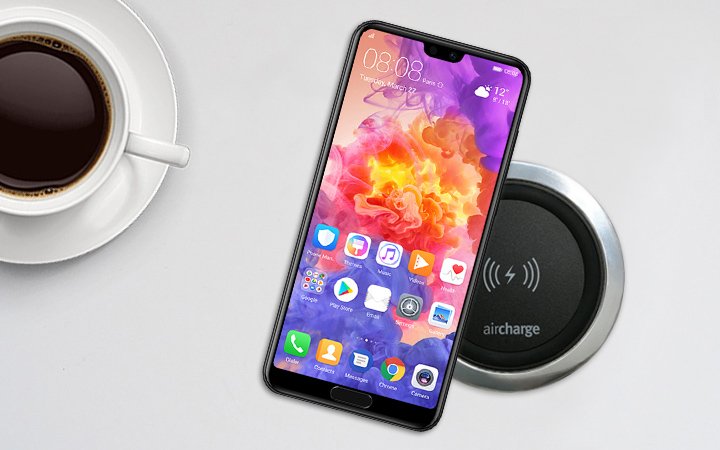
Huawei mobile phone charging protocols are mainly divided into several types. The following is a detailed introduction:
FCP (Fast Charge Protocol) fast charging protocol :
FCP is a fast charging protocol adopted by Huawei in the early days, which has the characteristics of high voltage and low current.
It was used in Huawei Mate8 and other mobile phones in the early days. It supports an output power of 18W fast charging and a voltage and current specification of 9V/2A.
SCP (Super Charge Protocol) fast charging protocol :
SCP is a super fast charging protocol launched by Huawei later, which realizes fast charging in the form of high current.
There are two types of output power supported, namely 22.5W fast charging and 40W fast charging, and the voltage and current specifications are 4.5V/5A or greater than 5V/4.5A.
When using SCP fast charging, the phone will remind you to “super fast charge” when charging.
USB PD (Power Delivery) protocol :
USB PD is a universal charging protocol that is also supported by Huawei phones.
It supports higher voltage and larger current to get faster charging speed.
When charged with a USB PD charger, the phone will intelligently adjust the charging power according to the output capacity of the charger.
Third-party fast charging protocol compatibility :
Huawei’s mobile phones also support fast charging protocols from third parties, such as Qualcomm’s QC (Quick Charge) protocol.
Wireless Charging Protocol:
Huawei phones also support wireless charging via Qi wireless charging standards.
Qi wireless charging standard has become one of the most widely used standards. Huawei mobilephones support this function through inbuilt coils.
Multi-Device Wireless Charging Pad :
Huawei also developed a multi-device wireless charging pad which offers simultaneous support for multiple devices at the same time.
This charging pad supports multiple wireless charging protocols and device types, enabling users to charge multiple devices at the same time.
Huawei mobile phone charging protocols encompass FCP, SCP and other USB PD standards to facilitate fast wireless and third-party fast charging protocols, offering users wireless charging as well as support for third party fast charging protocols such as QuickCharge 3. You can select their charger according to device model needs and you are advised to use Huawei-certified charger and cables to ensure safety and stability when charging.
Others
Xiaomi uses two charging protocols; Qualcomm QC protocol and their own Turbo Charge protocol. Qualcomm’s QC is one of several fast charging protocols commonly utilized by industry manufacturers while Xiaomi created Turbo Charge as their proprietary method to increase charging efficiency.
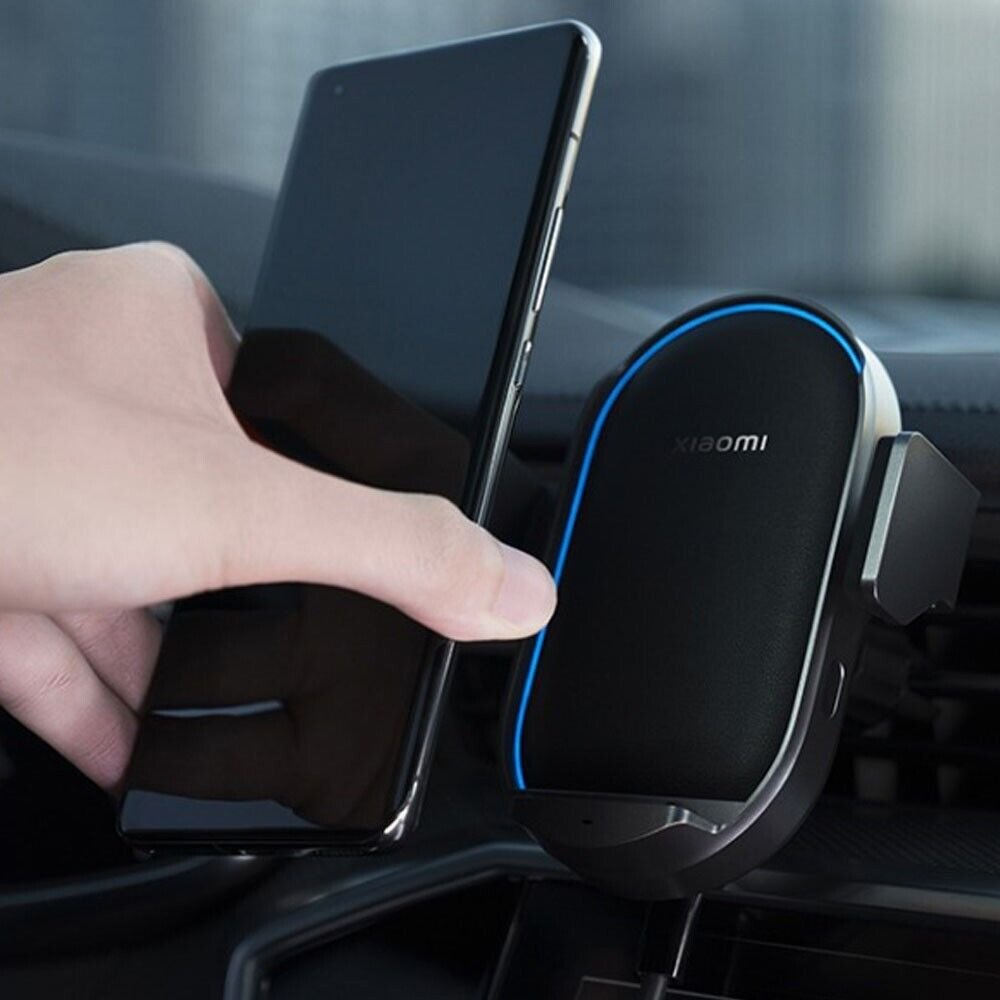
Samsung support various charging standards, such as their own Adaptive Fast Charging and USB PD protocols. While Adaptive Fast Charging provides faster charging speed, USB PD ensures reliable compatibility.
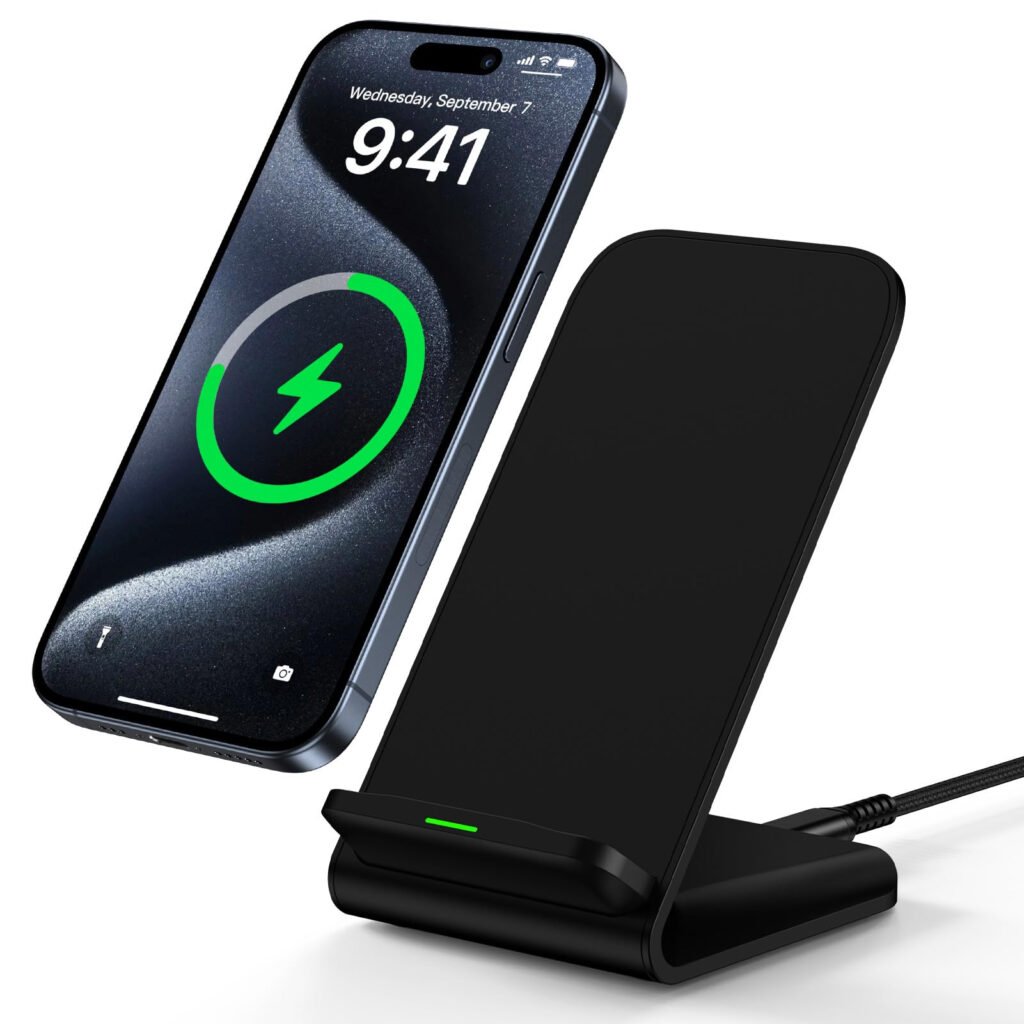
OPPO charging protocols primarily consist of VOOC and SuperVOOC, both proprietary protocols developed by OPPO with fast charging speed and temperature regulation capabilities. Furthermore, all their phones support USB PD fast charging protocol with good compatibility.
Vivo’s mobile phones often utilize Qualcomm Quick Charge 2.0 technology for charging. In addition,Vivo makes use of multiple charging protocols to ensure its users experience smooth charging in different situations.
Honor mobile phones use similar charging protocols as Huawei, providing support for FCP and SCP charging protocols respectively. Furthermore, Honor is constantly researching innovative charging technologies designed to increase charging efficiency and safety.
OnePlus mobile phones use Warp as their charging protocol; its unique fast charging technology. Warp can achieve high-speed charging while maintaining low temperatures – offering users a superior charging experience.
ZTE, LG, HTC, Nubia and Philips use charging protocols develped by industry standard protocols (QC and PD), as well as developing their own modifications or optimizations that meet user demands for fast yet safe charging technology. They remain at the forefront of research & development & application to meet users needs quickly & safely charging mobile phones.
Due to advances in technology and market changes, charging protocols of mobile phone brands may often change or evolve over time. Therefore, you had better pay close attention when shopping for a phone to select an ideal product which fulfills all your requirements and charges it fast enough.

